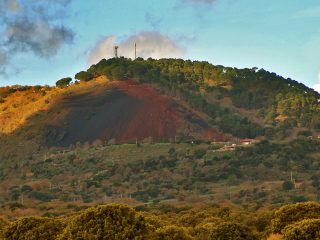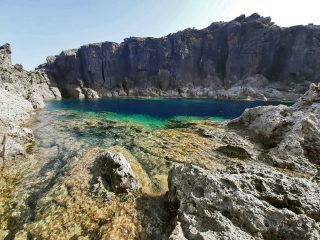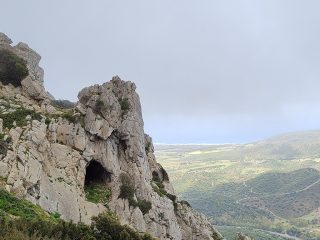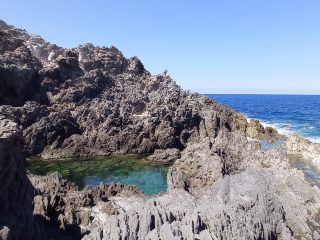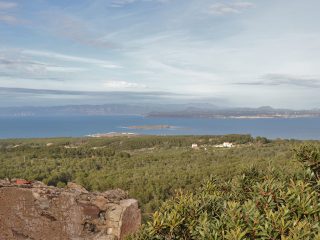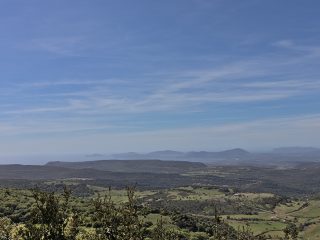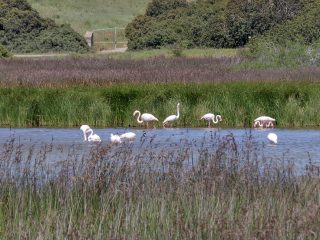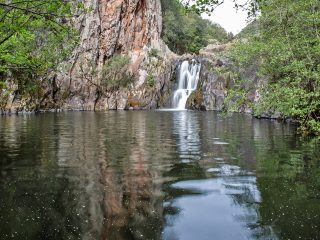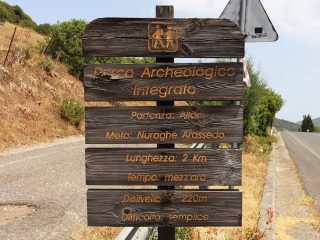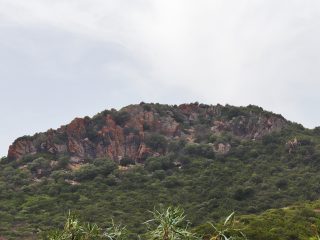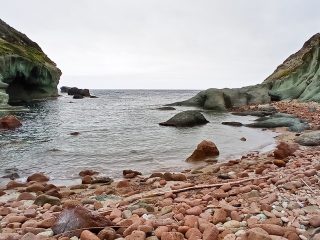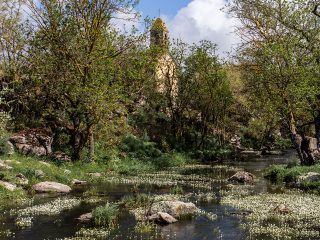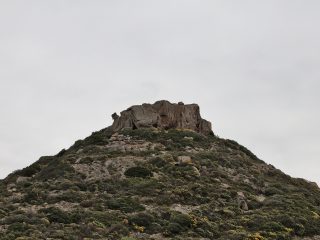The Su Marmuri cave is in the Municipality of Ulassai, in Ogliastra, in central-western Sardinia, in the province of Nuoro.
The cave sits at 880 m a.s.l. in the “Taccu” of Ulassai; it extends for about 850 metres and can be visited. Its formation dates back around 150 million years and is the result of erosion by water and karstic processes. The temperature inside the cave is constant at about 10°C.
Inside the cave, the visit is conducted along a path crossing a series of very high rooms. Inside we can see basins and two small lakes filled by the incessant dripping water. On the vaults and sides of the path are various kinds of karstic forms such as stalactites, stalagmites, columns, pisolites and splash, globular shapes created by the dripping.
The largest room is the “Large Hall”, spanning 72 metres in length and 20 wide. This is followed by the “Organ Hall”, whose concretions resemble organ pipes, the “Cactus Hall”, with two 20-metre-high stalagmites, resembling cacti and the “Bat hall”.
These important naturalistic flying mammals, form a huge bat colony (over 10,000 specimens) living in the cave, probably one of the largest colonies in Italy, made up of common bent-wing bats. Also found in the cave is the greater and lower horseshoe bat, the Mehely’s horseshoe bat and the Greater mouse-eared bat.
Its name, Marmuri, in Sardinian means “marble”, referring to the unusual colours of the cave’s limestone rock.
A few kilometres away from the town, a visit to the site can be pre-booked at the Cave’s service centre.




